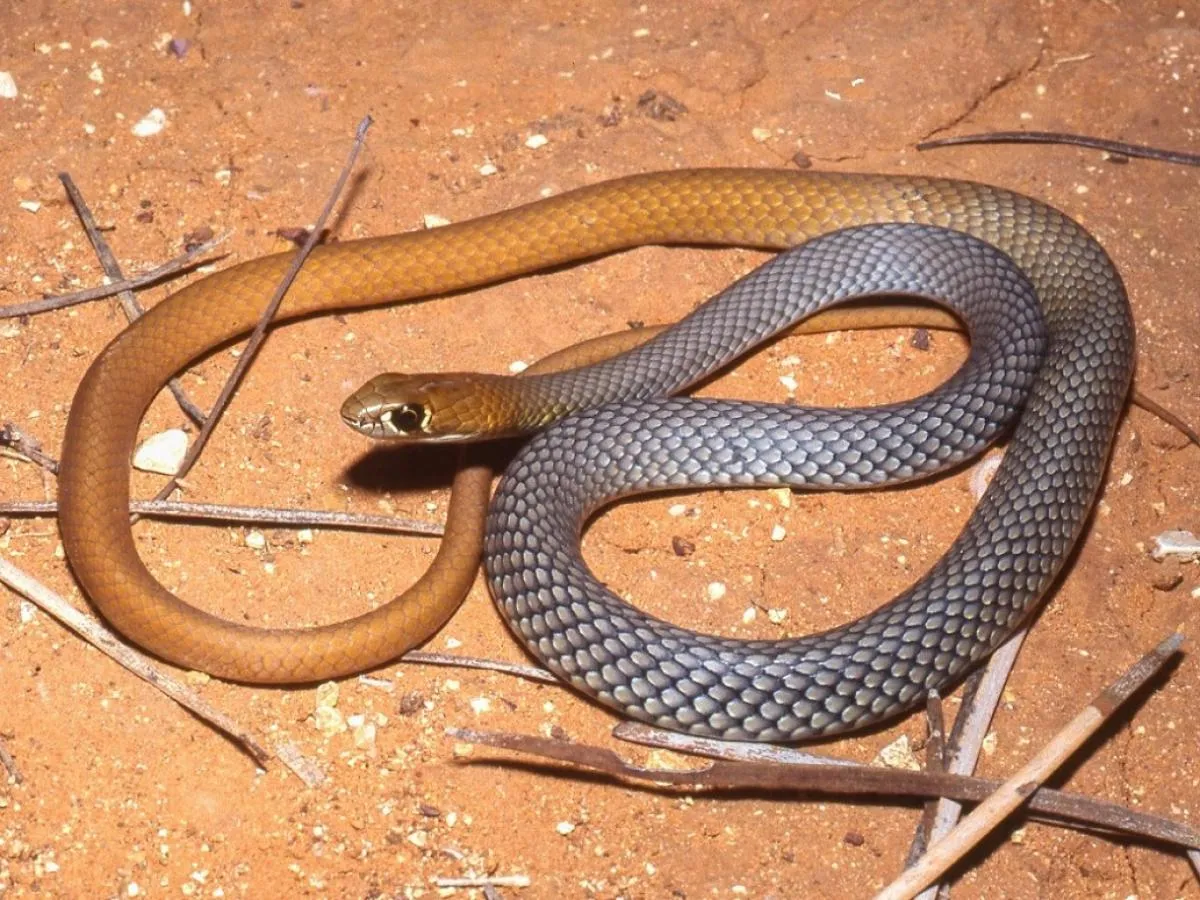Life
A new species of venomous and highly fast snakes discovered: where they are found
Even though modern nature may seem stable to us, its evolution does not stop for a minute. Scientists have recently reported the discovery of a new species of desert whip snake, named Demansia cyanochasma.
According to IFL Science, this is not the first time that scientists have encountered representatives of this species. However, previously, they couldn't differentiate them from other whip snakes.
These creatures are found in the deserts of Australia. They are characterized by extreme speed and are venomous. However, for humans, the bite of this reptile is painful but not fatal. Yet, D. cyanochasma effectively kills its typical prey, mostly lizards.
Australia remains a continent with more reptile species than anywhere else on the planet. Most of them possess some level of venom. This serves either for hunting or for deterring predators.
The genus of whip snakes, scientifically called Demansia, is not been extensively studied. What is known about them is that they form the most diverse genus of Australian land snakes, including the most venomous snakes on the continent. For a long time, herpetologists struggled to distinguish between most representatives of Demansia, and it was later revealed that this is a highly diverse genus.
D. cyanochasma is currently under study by James Nankivell of the University of Adelaide and his colleagues. Through genetic analysis and other methods, they aim to determine whether these snakes are indeed a separate species or a subspecies of others.
So far, the research team has successfully re-described two species of whip snakes - D. psammophis and D. reticulata. In the course of this work, it became evident that D. cyanochasma is genetically significantly different from them.
It is known about the new species that its representatives are not rare and are quite common. However, D. cyanochasma has gone unnoticed until now due to its habitat in sparsely populated regions of Australia. Another contributing factor is their visual resemblance to other whip snakes. They also have copper-colored heads and tails, serving as camouflage against the red desert sands.
D. cyanochasma can be distinguished from other related species by the black edges of its scales or the color of its eyes. However, few people, except for professional researchers, would want to get close enough to the venomous snake to observe such nuances. Additionally, representatives of the species are very fast and can quickly escape when they sense someone approaching them. This evolutionary defense mechanism for these animals involves running away rather than attacking potential threats.
The venom of D. cyanochasma remains poorly understood. Thus far, scientists have found that the bite of this snake is more painful than dangerous. According to Nankivel, this suggests the evolution of toxins that are more effective against reptiles than mammals. He also attributes this property of D. cyanochasma venom to the fact that it is released in relatively small amounts.
Earlier, OBOZREVATEL told you how to act in case of a poisonous snake bite.
Subscribe to OBOZREVATEL's Telegram, Viber, and Threads channels to keep up with the latest developments.




























